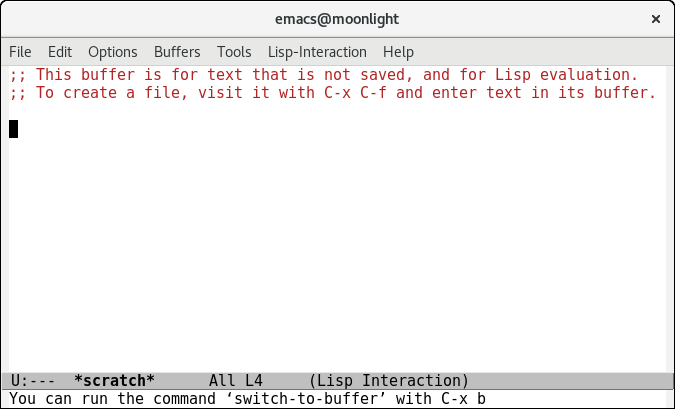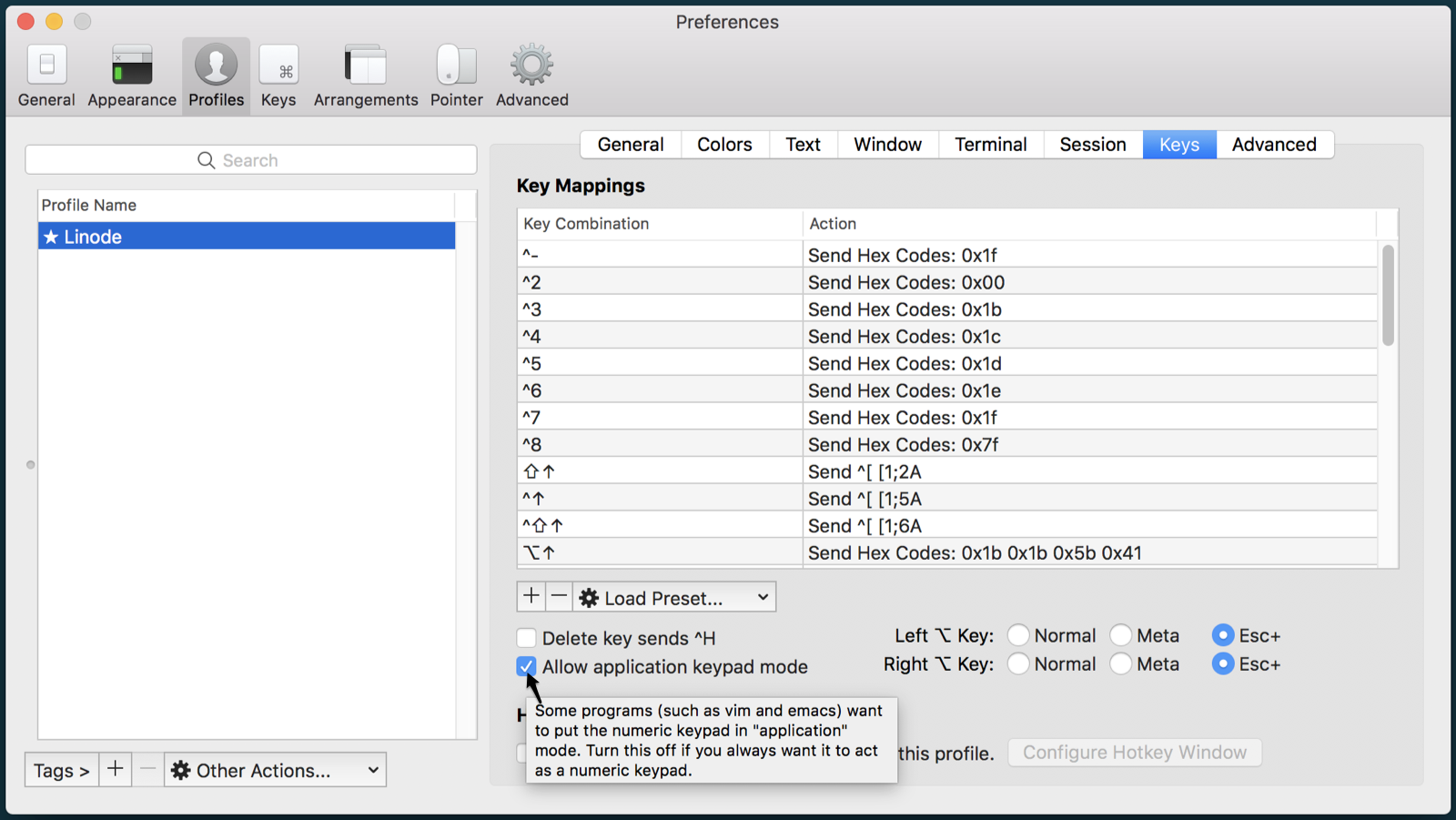

- #Emacs key bindings how to#
- #Emacs key bindings install#
- #Emacs key bindings zip file#
- #Emacs key bindings manual#
Right now it’s prompting us for a buffer name. This area is called the minibuffer, and it is where Emacs prompts you for input. (If you don't see any activity, that's OK! Quit and restart Emacs just for funsies.) After you do so, you should see a window like the one in Figure 2-3.įigure 2-5: The minibuffer is where Emacs prompts you for input. Once the activity stops, go ahead and just quit Emacs, and then open it again. When you open Emacs, you may see a lot of activity as Emacs downloads a bunch of useful packages. Run mv path/to/emacs-for- clojure -book1 ~/.emacs.d. Its contents should be a folder, emacs-for-clojure-book1.
#Emacs key bindings zip file#
Download the Emacs configuration zip file listed above and unzip it.So, for example, you would delete C:\Users\jason\AppData\Roaming\.emacs.d.) This is where Emacs looks for configuration files, and deleting these files and directories will ensure that you start with a clean slate. (Windows users, your emacs files will probably live in C:\Users\your_user_name\AppData\Roaming\. Delete ~/.emacs or ~/.emacs.d if they exist.
#Emacs key bindings install#
ĭo the following to delete your existing Emacs configuration and install the Clojure-friendly one:

NOTE: These tools are constantly being updated, so if the instructions below don't work for you or you want to use the latest configuration, please read the instructions at. I’ve created a repository of all the files you need to configure Emacs for Clojure, available at. Welcome to the cult of Emacs! You’ve made Richard Stallman proud! Configuration You should see something like Figure 2-2.įigure 2-2: The screen Emacs displays when you open it for the first time After you download and unzip the latest version, you can run the Emacs executable under bin\runemacs.exe.Īfter you’ve installed Emacs, open it.
#Emacs key bindings manual#
Other options, like Aquamacs, are supposed to make Emacs more “Mac-like,” but they’re problematic in the long run because they’re set up so differently from standard Emacs that it’s difficult to use the Emacs manual or follow along with tutorials.
#Emacs key bindings how to#
Finally, you’ll learn how to actually edit Clojure code and interact with the REPL. Then you’ll learn the basics: how to open, edit, and save files, and how to interact with Emacs using essential key bindings. To get there, you’ll start by installing Emacs and setting up a new-person-friendly Emacs configuration. Emacs is also great for working with any Lisp dialect in fact, Emacs is written in a Lisp dialect called Emacs Lisp (elisp).īy the end of this chapter, your Emacs setup will look something like Figure 2-1.įigure 2-1: A typical Emacs setup for working with Clojure-code on one side, REPL on the other That kind of tight feedback loop will be useful while learning Clojure and, later, when writing real Clojure programs.

The reason I recommend Emacs is that it offers tight integration with a Clojure REPL, which allows you to instantly try out your code as you write. Two alternatives that I recommend and that are well regarded in the community are Cursive and Nightcode. If you don’t follow the thorough Emacs instructions in this chapter, or if you choose to use a different editor, it’s worthwhile to at least invest some time in setting up your editor to work with a REPL. I highly recommend working with Emacs, but you can, of course, use any editor you want. On your journey to Clojure mastery, your editor will be your closest ally. The table below documents only the short prefix.Chapter 2 How to Use Emacs, an Excellent Clojure Editor these are useful on terminals that cannot generate C. This is intended as a convenient reference more detailed explanations are given in previous chapters.Ĭ. In this appendix, we present a summary table of all Oz-specific Emacs key bindings. A Summary of Oz-Specific Emacs Key Bindings


 0 kommentar(er)
0 kommentar(er)
